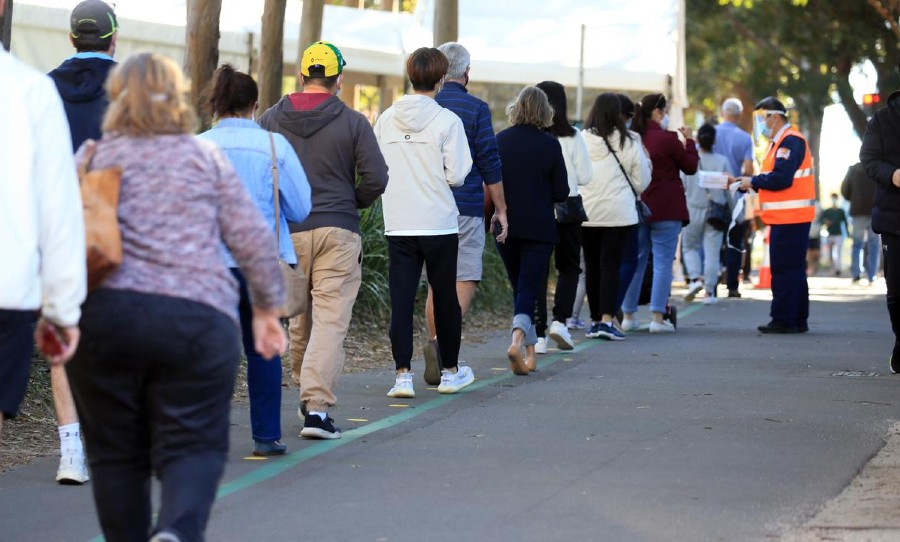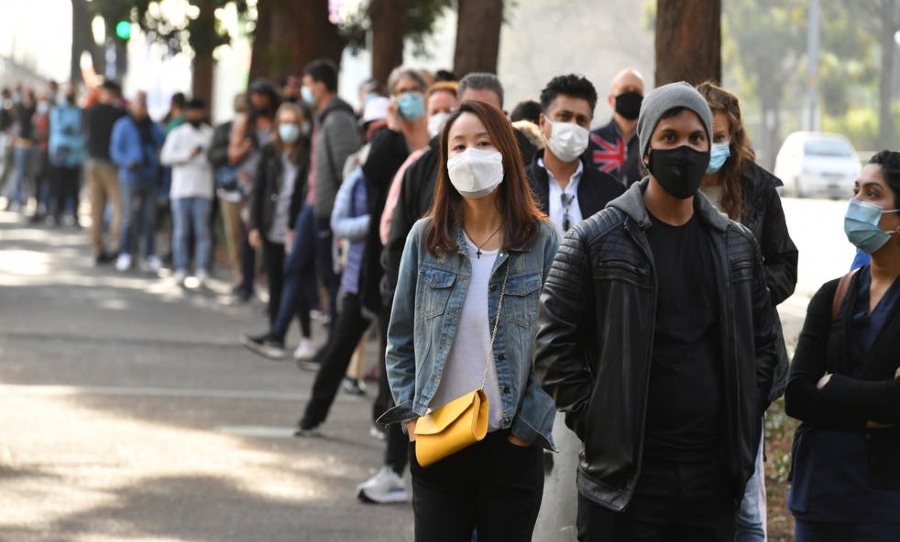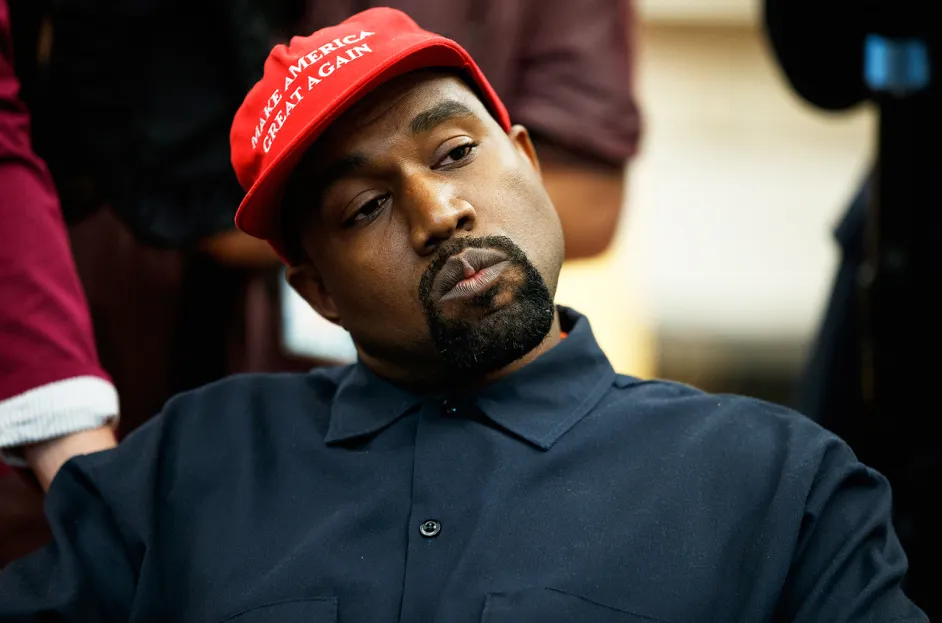Sydney is like Melbourne’s competitive sibling who has to place first in everything, including days of lockdown and vaccination rates.
An ABC analysis has found that despite our surging vaccination rates in Sydney, we could surpass Melbourne and become Australia’s title holder of ‘the longest lockdown’.
On a positive note, yesterday NSW achieved a notable pandemic milestone, where 70 per cent of the eligible population received their first COVID-19 jab.

NSW is on the right track, with an estimated 70 per cent of the population fully vaccinated by October 18.
According to Gladys Berejiklian, this figure would allow some freedoms for people who have received both vaccine doses, including going out for food and attending public events, excluding high-risk indoor events at private homes.
If Greater Sydney’s ‘stay-at-home’ orders stretch to this date, NSW will have reached 114 days in lockdown – a figure slightly ahead of Melbourne’s 112 day lockdown in 2020.
But this isn’t news to gloat over.
Melbourne and the state of Victoria have faced the cold front of the coronavirus pandemic most consistently in the country. Just last month, Melbourne accumulated a combined total of 200 days of lockdown since the pandemic hit – a figure we hope Sydney will not achieve.

Victoria’s Premier Daniel Andrews conceded yesterday that Melbourne was most likely to be confronted with “very significant restrictions” for several weeks, much like those experienced last year.
A sixth lockdown for Melbourne while Sydney experiences it’s second unanimous lockdown – excluding the northern beaches cluster lockdown during Christmas 2020.
Berejiklian stated that the 70 per cent target was originally expected to be met by the end of October. However, with an approximate average of 46,000 NSW residents receiving their second jab each day, this means the vaccination target will be achieved by some time in mid-October.
This rate could be influenced by factors such as the gap between first and second doses, depending on which vaccine an individual receives.
Ironically the increased cases/outbreak and extended lockdown in both Melbourne and Sydney will no doubt greatly increase vaccination rates, upcoming increased supply also helps of course.
— tim (@tarzan0741) September 1, 2021
The Pfizer vaccine wait time between doses is a quick three to six weeks, while the AstraZeneca requires a four to eight week gap in between doses.
Australia’s recent deal with Singapore will see an influx of half a million Pfizer doses, where approximately 160,000 extra vaccines will be distributed to NSW on a pro-rata basis.
Further, Australia is expecting to receive the first of Moderna vaccines at the end of the month.
Gladys Berejiklian has encouraged NSW businesses to “dust off their COVID safety plans” and to ensure their staff be vaccinated.
“But outside of that if there are many, many things we can’t do now, we should expect to be able to do them when we have 70 per cent of the adult population vaccinated,” she said in relation to potential freedoms.
Although the NSW government has stretched the current lockdown to late September, fully vaccinated folk are permitted to gather in groups of maximum five people in outdoor public areas from September 13.
However, Meru Sheel, epidemiologist from the Australian National University, forewarns that relaxing restrictions after 70-80 per cent of the population are fully vaccinated, does not ensure “uniform coverage across the population”.
She indicates that the relaxing of restrictions at these percentages of fully dosed recipients would need to be gradual,
“What we don’t want is that a couple of LGAs which are sitting at 95 per cent to get greater levels of activity that they’re allowed to do, and other parts are not because that’s not equitable,” she said.
Dr Meru Sheel has said it is important to look at the data of vaccination rates and to put extra resources into increasing vaccination rates in areas where it was lower.
Having lived through 2020 lockdown in Melbourne and now, very unfortunately, living in Sydney I can say that from the outset Berejiklian’s performance, in stark contrast with that of Andrews, has been an evil, diabolical, Kafkaesque charade. https://t.co/AIQGc6R0bU
— George George (@2Georgies) August 31, 2021



